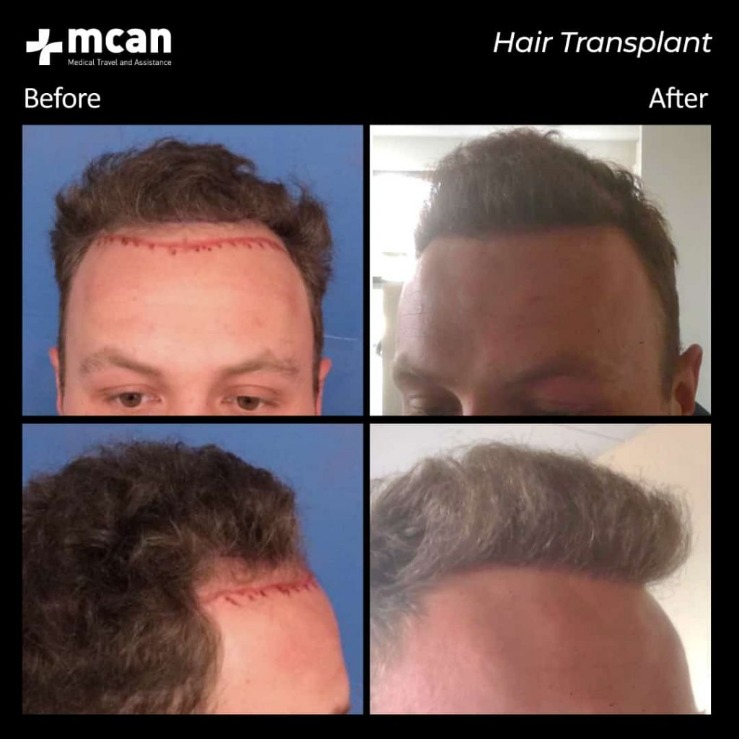Patients are typically advised to avoid strenuous activities and follow post-operative care instructions diligently to promote optimal healing. Although hair transplants last a lifetime, the original remaining hair follicles may not. Since hair transplants are not designed as a cure for hair loss, they cannot prevent additional hair loss. The hair that has been transplanted will continue to grow regardless of the hair around it. Men and women who want an effective way to grow their own hair are usually satisfied with its volume and longevity. Environmental factors may also play a role in the efficacy of some hair transplants. To ensure the best results, patients are advised to choose healthy lifestyle choices.
However, a hair transplant’s lifespan can be affected by factors like the patient’s hair type, lifestyle, age, and the extent of hair loss. In such cases, the patient might require multiple procedures to get the desired results. The hair transplant cost depends on the number of grafts, the extent of the balding area, the quality of the hair follicles, the hospital charge, and the surgeons. In general, hair restoration surgeries are considered costly procedures.
New hair should begin appearing in the recipient area where there was the hair loss. In this stage, known as the anagen phase of the hair growth cycle, the hairs will be thin or wispy as they emerge from the scalp. Below is a general hair transplant recovery timeline for the first two weeks. An individual may undergo hair transplants to masculinize or feminize aspects of themselves or opt for a combination of procedures.
Most people who are losing hair have done serious research on hair restoration methods. If you fall into this category, then you know none is more successful than a hair transplant. You probably also discovered that it can be a rather costly investment.
The individual follicular units are then transplanted into incisions made on the bald patches. Read more about haartransplantation türkei kosten here. In the realm of hair restoration, FUE has emerged as a revolutionary technique, offering a viable solution for individuals experiencing hair loss. Understanding the timeline of hair growth following an FUE hair transplant is crucial for managing expectations and appreciating the gradual, yet transformative, nature of the process.
Once the surgery begins, the surgeon will start removing follicles from the donor site. In the procedure, the first step in men’s restoration surgery is to harvest from the donor site. When designing the recipient sites for transplanting hair grafts, surgeons create tiny incisions (recipient sites ) in the recipient area to achieve natural-looking results.
Liposuction Surgery Types: What is the Safest Lipo Method?
After your hair transplant surgery, you’ll likely experience some immediate changes to your appearance, but these won’t be the final results you’re hoping for. The transplanted area will appear red and swollen, and you may even notice some scabbing. Don’t be alarmed – these are normal post-surgery effects that will gradually improve over the next few weeks.
So You Think You Know About Hair Transplants
In European countries, the cost of hair transplantation for 6000 grafts is around 15,000 Euros. You can get detailed information about hair transplant prices from the officials of our clinic.
Addressing Fears and Misconceptions about Hair Transplants
$3000 to $4000 is the average cost of a hair transplant procedure in the Philippines. This price range is a quantitative indicator and is free from any concerns about quality. In contrast to FUT surgery, a massive scalp area is not required to harvest in FUE hair transplants. The back of the head also has no linear incisions and does not leave linear scars. Engaging in these activities too soon after a hair transplant can put unnecessary stress on the healing grafts and possibly lead to poor results.
Your surgeon will remove hair follicles from a part of your scalp, usually the back of your head, and implant them into balding areas. Several types of hair transplant surgeries have been developed to help regrow lost hair.





